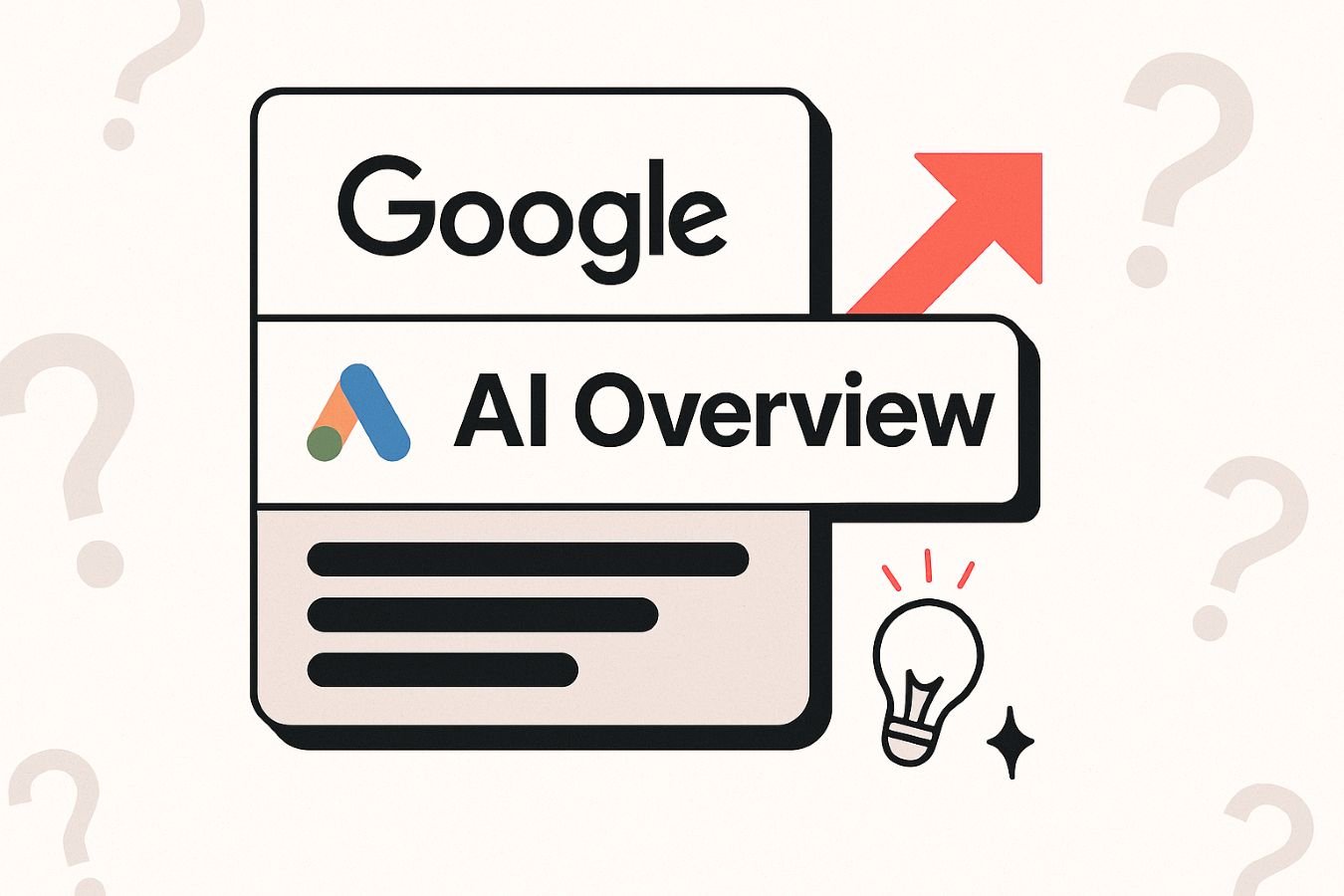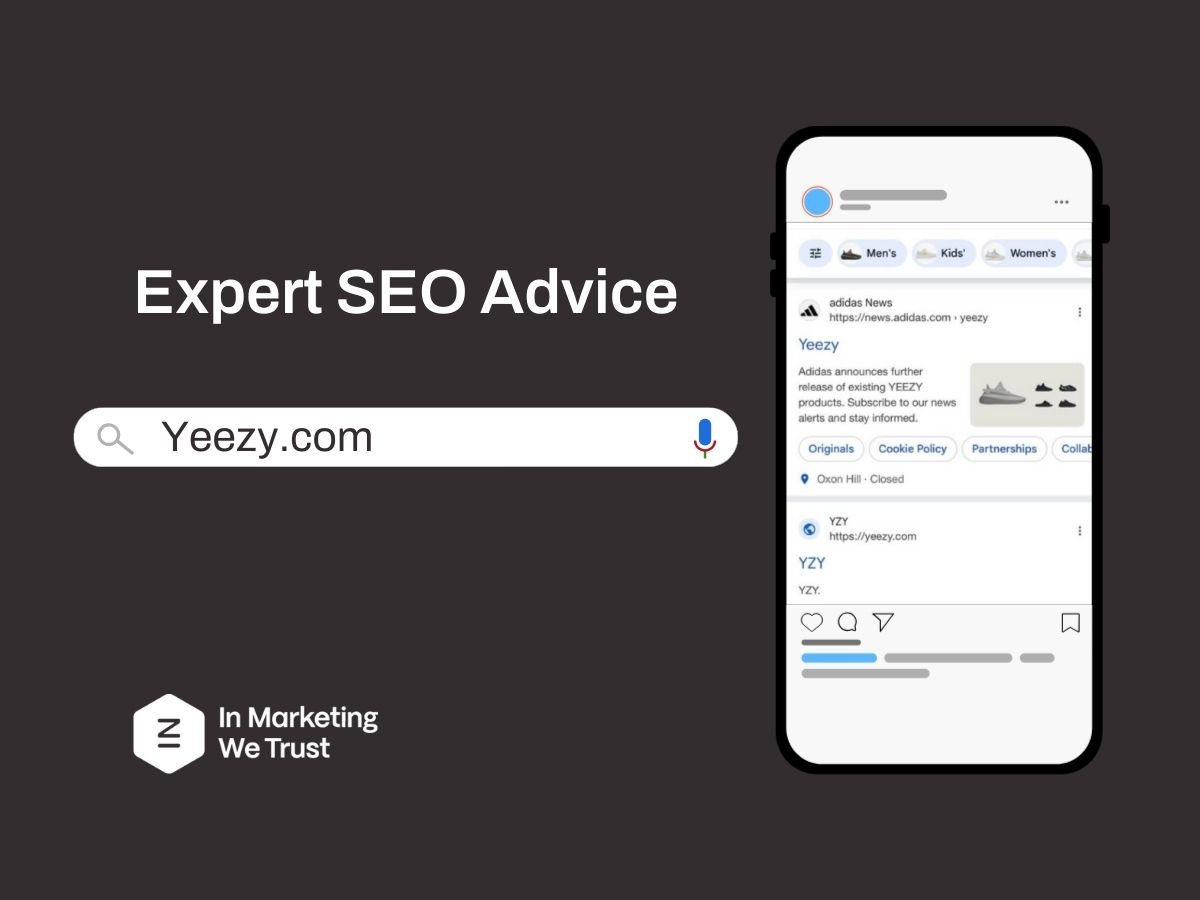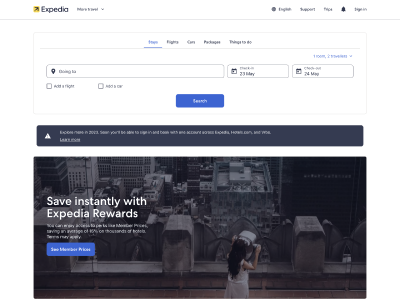Yes. Probably.
If you’re an advertiser you’re most likely paying for ad fraud bots, costing you a lot of money and a lot of credibility. One consolation? You’re far from alone.![]()
We’re all currently in a war against digital ad fraud bots, so we’re putting all the pieces together and answering the question “Am I paying for ad fraud bots?” as well as breaking down what’s actually happening in the industry right now, how the industry is fighting back and how you can fight back too. We’ll also give you a free report so you can see just how many ad bots you’re getting.
Table of Contents
- Let’s break down what’s happening
- Everyone’s a victim
- How we’re all letting it happen
- How it affects you
- How it affects the industry
- How the industry is fighting back
- How you can fight back
- The bottom line
Let’s break down what’s happening
Digital ad fraud affects between 10 to 60 per cent of different types of digital advertising, according to numerous studies conducted last year. This year alone, digital ad fraud will cost publishers and advertisers US$6.3billion or rather US$4.5million every singly hour. Globally, Solve Media puts the number at $11.6billion. The landmark study conducted by the Association of National Advertisers (ANA) and digital security firm, WhiteOps, monitored 181 ad campaigns of 36 ANA member companies over 60 days and uncovered hundreds of millions of bots infecting the advertising of big brand names such as Ford, Verizon and Pfizer. These bots were costing the companies millions in completely wasted ad spending.
So what does this really mean? Half or more of paid online display advertisements have never appeared in front of live human beings. The number of impressions that are not viewable can reach as high as 85 per cent. According to Cnet, only 38 per cent of traffic on the web is human. The rest is from bots, scrapers, hackers, spammers and other impersonators. Google believes only 44 per cent of views are human.
“Like all “metrics” related to online advertising, no one can agree on a damn thing. What everyone does agree on, however, is that the amount of fraud is staggering.” – Bob Hoffman on The Ad Contrarian
Until this study was published, many in the industry took solace in the accepted belief that digital ad fraud only seriously affected small and low-end, black hat publishers.
They were wrong.
Everyone’s a victim
So who is actually getting screwed here? You are. We are. Everyone is. Everyone that is, except for the fraudsters. ![]()
The victims
- Advertisers looking to advertise to the right customers
- Agencies trying to reach and convert chosen targets
- Publishers trying to support their businesses and fund their campaigns through advertising
- Advertising technology companies trying to provide innovative and safe marketplaces for online advertisers
- Consumers wanting relevant content but who have unwittingly joined a vast network of botnets
SOURCE: THE BOT BASELINE: FRAUD IN DIGITAL ADVERTISING BY WHITE OPS, INC. AND ASSOCIATION OF NATIONAL ADVERTISERS
“The amount of bot fraud in our midst is unrivaled in any other industry and is sadly leading to a crisis of confidence on the buy side.” – Solve Media CEO, Ari Jacoby in Advertising Age.
It’s not just the advertisers running display ad campaigns with media buyers or ad agencies who are getting screwed. An entire industry is at stake with everyone a victim including ad agencies, in-house departments, agency and in-house digital marketers, online publishers, media buyers and ad networks.
Not only will global digital ad fraud cost publishers and advertisers alike US$6.3billion but…
- Around 25% of all video ad impressions are not viewed by humans
- More than 10% of all digital display ad impressions are fraudulent
- More than half of all traffic bought by publishers to garner additional unique visitors to a site is fraudulent
- Around 1/5th of all re-targeted ad impressions are fraudulent
- 2/3 of all fraud comes from the computers of unassuming consumers whose machines have been infected
We can no longer simply believe that as “premium” publishers with terrific reputations we are immune. At least ten per cent of your traffic is probably fake.
Everyone is infected.
Top 20 victims
Here are the top 20 victims according to data measured by Pixalate Inc., in October 2014

How we’re all letting it happen
So who’s to blame? Obviously the fraudsters creating and unleashing the bots are to blame, but it’s more than that.
We’re all to blame.
One of the ways in which publishers and advertisers are allowing this to happen, is that more advanced bots that are able to collect consumer’s “cookies” appear to be “qualified leads”, the publishers and advertisers, believing their ad campaigns are working then optimise their ad campaigns around these “consumers” and increase their spending to retarget to these “qualified leads”. Many advertisers and publishers even whitelist the bots, guaranteeing the fraudsters future business and money.
Advertisers and publishers are optimising for fraud.![]()
“As more ad inventory is bought and sold programmatically on ad exchanges, bad guys are finding it far easier to commit fraud because few agencies and advertisers actually check in detail the hundreds of thousands of sites on which the ads are run. It’s easier to hide in a far larger haystack.” – Dr. Augustine Fou, Marketing Science Consulting Group founder, speaking to HubSpot on digital advertising fraud.
Without enough incentive to fight the fraud, it’s not going to go away any time soon. No one wants to admit that they’ve been duped and wasted enormous amounts of money and inflated results. Removing these fraudulent impressions, though creating more accurate reports would also drastically lower traffic reports and of course lower income for ad exchanges.
“We’ve been optimising for quantity and have created this crazy breeding ground for fraud.” – Scott Knoll, CEO and president, Integral Ad Science told Fipp.
While there are publishers that unknowingly buy bot traffic, many publishers and agencies know exactly what’s happening and receive indirect payments from ad networks under the guise of “volume discounts”. Many ad networks are knowingly selling fraudulent traffic to publishers, who knowingly purchase the traffic as the resulting ad impressions earn both of them a lot of money. This of course is all at the expense of the clients paying for these fraudulent impressions.
“Too many people are engaging in acts of omission, where you turn a blind eye and it’s “well this is common practice, everybody buys traffic from this source, so I’m just doing what everybody else is doing.” That’s not going to be okay anymore.” – Mike Zeneis, IAB executive vice president, speaking to AdAge.
How it affects you
So how does all this ad fraud really affect you and your business? Not only are your impressions probably being seriously inflated by fake traffic, you’re probably also spending big money to get your ads seen by nobody.
What’s happening to you
- You, as the client, give your money to agencies to purchase online display advertising
- The agency you hired gives the money to the ad networks
- The ad network then gives some of this money back to the agency
- Your ads are only 8% viewable but the 92% of non-viewed impressions still earn money for the publishers and networks
- You’ve just thrown away 92% of your budget

How much are you actually losing?
Reid Tatoris of MediaPost crunches the numbers with Moz:
We start with the notion that only 15% of impressions ever have the possibility to be seen by a real person. Then, factor in that 54% of ads are not viewable (and we already discussed how flawed that metric is), and you’re left with only 8% of impressions that have the opportunity to be seen by a real person. Let me clarify: That does not mean that 8% of impressions are seen. That means only 8% have the chance to be seen. That’s an unbelievable amount of waste in an industry where metrics are a major selling point.
Let’s break it down further. If you’re an advertiser with an online display ad budget of $50,000 then just $4,000 of that spend actually has the chance to be seen by humans. This vast amount of waste is almost incomprehensible.
Yes, you’re infected
Don’t think just because you don’t spend the majority of your advertising budget on desktop only display ads that you’re not getting duped. Solve Media estimated that 29% of mobile ad traffic acted “suspiciously” in 2013 (and this is only going to get worse) and 14% was “confirmed” as bot activity.
In the article You’re infected and probably don’t even know it, John Wilpers, editor of the FIPP Innovation in Magazine Media annual reports presented nine types of digital ad fraud:
- Impression (CPM) Ad Fraud
- Hidden ad impressions
- Fake sites
- Video ad fraud
- Paid traffic fraud
- Ad re-targeting fraud
- Search (CPC) Ad Fraud
- Affiliate (CPA) Ad Fraud (AKA Cookie Stuffing)
- Lead (CPL) Ad Fraud (AKA Conversion Fraud)
- Ad Injection and AdWare Fraud
- Domain Spoofing or Laundered Ad Impression Fraud
- CMS Fraud
- Re-Targeting Fraud
- Traffic Fraud or Audience Extension Fraud
Ron Amram, Senior Media Director at Heineken USA stated in an article for Bloomberg titled How Much of Your Audience is Fake, that…
“As an advertiser we were paying for eyeballs and thought that we were buying views. But in the digital world, you’re just paying for the ad to be served, and there’s no guarantee who will see it, or whether a human will see it at all”
When looking at the overall quality of your ad campaigns, checking for fraud should be your top priority before optimising for viewability or brand safety as ad fraud poisons everything else if left unchecked.
Advertisers are getting even further away from solving the age old question about which half of their advertising budget is working. According to Bob Hoffman, Ad Contrarian:
“Nobody knows the exact number, but probably about 50 per cent of what you’re spending online is being stolen from you.”
How it affects the industry
While everyone’s been putting their heads in the sand and allowing this to happen, it is directly affecting the entire industry. Digital advertising fraud is ruining the delicate relationship between publishers and advertisers.
“The amount of bot fraud is sadly leading to a crisis of confidence on the buy side.” – Ari Jacoby, Solve Media CEO in Advertising Age
How the industry is hurting
- Brands are continuing to lose confidence in digital media
- Advertisers lose huge sums, advertising to bots
- Fraud creates suspect reports and analysis
- Fraud inflates inventory
- Funding the fraudsters enables them to put vast resources into developing tools to defeat all defensive efforts
- Fraud invites government regulation by undermining the belief that the industry can govern itself
Google stands to lose the most as the biggest advertising technology company in the world. With such a huge amount of transactions running through its ad servers, automated buying-platform and ad exchange Google is at risk of losing out if advertisers decide investing in digital media ads is too risky given the amount of fraud in the industry.
However, as Google is exposed when it comes to digital ad fraud it means they’re in prime position to lead the battle against the bots.![]()
How the industry is fighting back
A number of ad tech companies are already developing advanced tools to detect and prevent ad fraud and we’d like to say THANK YOU, including:
- Casale Media
- Forensiq
- White Ops
- Integral Ad Science
- Iponweb
- Solve Media
- Pixalate
- Improvely
- Are You A Human
- Nielsen/IAB
- Spider.io (recently acquired by Google to fight the good fight from within)
Facebook announced in February, 2015 that:
“We are working with the MRC and a consortium of advertisers and agencies to develop more robust standards for viewable impressions. Our goal is to work with the MRC, our partners and industry leaders around the world to help apply further standards for feed-based websites like Facebook, mobile media and new ad formats.”
Google, having recently acquired Spider.io, are fighting the good fight and it’s no surprise considering how much they have to lose. According to an article published in Ad Age, titled Inside Google’s Secret War Against Ad Fraud, “when Google labels traffic as nonhuman, it takes dramatic action, refusing to pay the publisher that served the ad – and it does not charge the advertiser a cent.”
Mr. De Jager, head of Google’s war against ad fraud stated that his team was getting ready to publish detailed information on bad traffic for the first time, disclosing everything from the type of traffic created by the ad verification company to details on certain botnets it detects. With hopes to inspire other companies to share their own findings in order to help the industry turn ad fraud into an uneconomic proposition.
“Our job is to increase the cost for them and reduce the payout to the point where they think, “Maybe ad fraud is not where we should be making our money.””
How you can fight back
So how can the advertisers and publishers themselves fight back to detect and prevent digital ad fraud? The recent study conducted by the ANA and White Ops found that the fraudsters have already infiltrated many of our defences. However they did put forth certain recommendations which we have outlined below. We’ve also included some of our own recommendations to fight back against digital ad fraud.
Get your head out of the sand
While no one wants to admit they’ve been duped into handing over their marketing budgets to the fraudsters, it is essential to discuss ad fraud in depth across the industry as a whole. We’re all victims but we can all be heroes too and fight back instead of putting our heads in the sand.
Communicate and build an alliance
Within your organisation use language that accurately communicates the issue at large and set up time to discuss bot fraud in all media buy conversations internally and externally to build an alliance against digital fraud.
“The first task is going to sound odd, but it’s to make a very serious commitment to fight fraud. Create a publicly stated or corporate statement. Then join the industry’s Anti-Fraud Working Group. Membership signifies commitment and helps keep you up to date.” – David Sendroff, Founder and CEO, Forensiq
Let external partners know about your anti-fraud policy
Not only should you deploy covert, continuous monitoring tactics to fight fraud, you should also announce your anti-fraud policy to all external partners to combat the ‘head in the sand’ scenario, reduce fraud and encourage others to join the good fight.
Continuously update your blacklists
To keep an effective blacklist, it must be updated daily. Be very specific (micro-blacklisting) and be careful how you block. Always include other defences in your overall strategy for preventing ad fraud as blacklisting fraudulent sites requires updating in real time and these sites are so easily and quickly replaced.
“We are [in] an arms race and we’re saying it’s acceptable to fight this by playing a carnival game: Whack-a-mole. We are playing a game with the bad guys who have millions of dollars [from] defrauding our ecosystem and we are not winning this game.” – Andrew Casale, Casale Media Vice President at the IAB Ad Operations Summit
Ask for transparency of sourced traffic
Advertisers need to request better transparency from publishers when it comes to traffic sourcing in requests for proposals and insertion orders, requiring publishers to identify all third-party sources of traffic. Buyers should also have the option to reject sourced traffic and run advertising only on a publisher’s organic site traffic. Advertisers should demand and receive full, verifiable information. If a publisher or agency only gives vague information, that is a definite red flag.
“Not only are online advertisers getting screwed by crooks, some of them are also getting screwed by their agencies.” – Bob Hoffman, Ad Contrarian
Monitor your sourced traffic
Monitor your sourced traffic, know your sources and be clear about traffic sourcing. Always eliminate the traffic that is shown to have a high percentage of bots.
Control ad injection
Discuss with your demand-side-platform (DSP) or tech platform how best to control ad injection as ad injection is a strategy that causes programmatic buys to contain higher percentages of fraud. Run manual campaigns as much as possible.
Protect yourself from content theft and ad injection
Use bot detection and domain detection to watch for content-scraping and ad injection. Bot detection services can measure the number of bots, allowing payment for just the human audience and eliminating the bot traffic.
“With more transparency and certification, people doing bad things won’t be able to hide and won’t get paid. When we make it hard to trade, hard to hide and hard to get paid, we will win.” – Andrew Casale, Casale Media vice president
Implement third-party traffic validation technology
Advertisers need to be able to use monitoring tools in order to effectively fight fraudsters in media buys. The publishers and agencies must facilitate this by allowing the deployment of these tools and put policies and procedures in place to enable their clients to deploy fraud detection and domain detection software to their ad buys.
Implement third-party monitoring
Monitor all traffic in real time consistently. Comparability is essential. Monitoring only once a month, once a quarter, only on selected channels, encourages evasive manoeuvres by the fraudsters. Third-party monitoring can show the quality of a publisher’s traffic. Use monitoring and bot detection to also show bot activity in retargeting campaigns and audience metrics.
Consider implementing third-party traffic assessment tools
Publishers and agencies may allow advertisers to improve their traffic performance through authorising third-party monitoring and third-party tracker measurements.
Consider reducing buys for older browsers
Reduce older browser impressions in buys. There are more bots claiming to be Internet Explorer 6 or IE7 than there are humans using them. Over half of the impressions (58%) coming from IE6 browsers and almost half of those (46%) from IE7 browsers are bots.![]()

SOURCE: THE BOT BASELINE: FRAUD IN DIGITAL ADVERTISING BY WHITE OPS, INC. AND ASSOCIATION OF NATIONAL ADVERTISERS
Only advertise during waking hours
Reduce bots by advertising only during target audience waking hours as bot fraud represents a higher percentage of traffic in the hours between midnight and 7am.
Block certain countries from ad campaigns
Consider blocking certain countries from your ad campaigns. According to Ad Week Singapore, China, Venezuela and Ukraine all have “suspicious traffic” rates of between 86 and 92 per cent. For comparison, the rate in the United States is only 43 per cent. Similarly an article published in the Journal of Money Laundering Control found that 86 per cent of Indian websites provided no protection against clickjacking opposed to 51 per cent of global websites.
Deal only with reputable ad exchanges
While even “private ad exchanges” have been victimised by fraud. Statistically their numbers at 10 per cent of ad impressions from premium programmatic ad campaigns are fraudulent, this number is still less than what you’d be dealing with on less than reputable ad exchanges. Sites such as Facebook, with its billion-plus users for example, are relatively bot free in comparison to less than reputable networks.
In The Many Faces of Programmatic Ad Fraud, columnist Ratko Vidakovic stated that:
“Based on data we see on our company’s platform, fraud varies greatly by ad exchange. Exchanges with poor reputations for quality have fraud in the 25 – 50 per cent range, whereas reputable exchanges typically have less than 10 per cent.”
Plan ahead and budget accordingly
Numerous industries have an average cost of security of 1 to 3 per cent. In the credit card ecosystem this strategy successfully lowered the losses due to fraud to just US$0.08 per US$100. If we were to successfully lower bot fraud to these same levels, we would all be saving and making more money rather than wasting it on fake impressions.
The bottom line
Digital advertising is big business and has grown to $50billion a year. The only way this is going to continue to grow is if everyone (that is the publishers, the advertisers, the ad networks, etc.) wake up to what is happening and join together in a vast effort to stop this digital advertising fraud. Not only is digital ad fraud damaging our bottom line but it’s also ruining our reputations. According to Forensiq’s David Sendroff:
“The only way to sustain that growth is keeping the trust between buyer and seller”
Need help to identify if you are paying for bots instead of humans? Ask us about our Ad Fraud Forensic Audit












